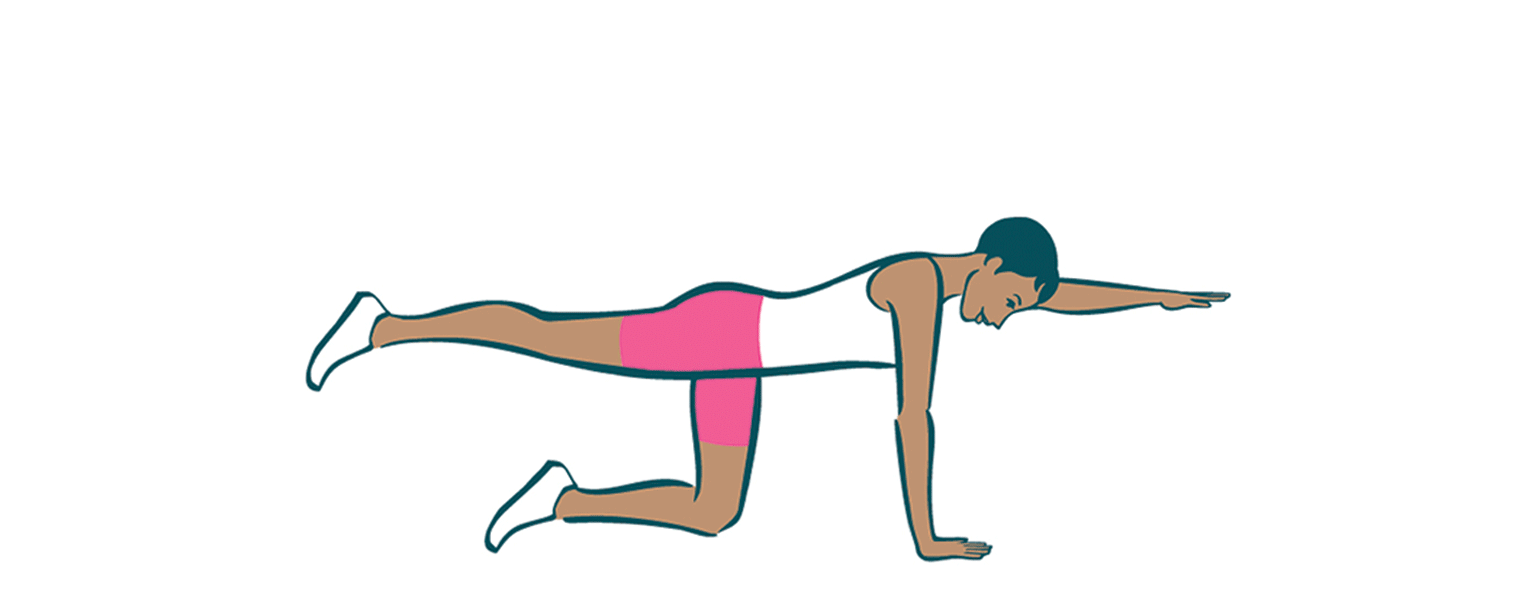Girlfriends, sometime in your mid-40s two things are going to happen to you and your body that you’re probably thinking you’re too young to begin experiencing. The first will be your ob-gyn bringing up the terms “bone density” and “muscle loss” during your annual visit, and the second is going to be the ever-increasing amounts of body aches and pains that seem to appear out of nowhere, are not the result of injury and happen with more frequency than you’d like to admit.
Both are clear signs of your body going through the natural aging process. But fret not, because there is actually something you can do to remedy both your inevitable bone density and muscle loss, and those annoying aches and pains that you’d like to feel less of.
So what is the remedy to slow down body aging? Well, it’s not a new magical wonder drug, calcium supplement or joint nourishment medicine via kale smoothies. And it’s not another hyperactive fitness class filled with Zumba-ing, Jazzercising or Soul Cycling. You may be surprised to find out that the best way for women (and men) to slow down the physiological aging process, increase bone density and have the ability to reverse muscle mass loss is through basic strength training.
Girlfriends, I know what you’re thinking. You’ve seen the free-weight section at the gym and have no idea how to use the benches and free weights, and honestly, you don’t have a burning desire to bulk up biceps and quadriceps. Good news is, that’s NOT the look we are going for. As a matter of fact, at middle age, strength-training exercising is all about being able to reduce the rate at which our muscle mass is leaving us, not increasing it and getting chiseled.
But what else can strength training do for our bodies? It keeps them strong, healthy and less prone to the types of injury we may experience as we age — like falls, and it ensures they stay functional as well, so we can continue to do things like lift groceries or other physical activities without strain or pain. Additionally, middle-age strength training means staying strong enough to lessen the symptoms of other aging maladies. As a matter of fact, the Centers for Disease Control and Prevention (CDC) recommends strength training for most older adults to help lessen the symptoms of the following chronic conditions: arthritis, osteoporosis, diabetes, obesity, back pain, depression.
How does someone get started strength training when all they’ve ever done are aerobic and cardio exercises? It’s really quite simple, and all the exercises can be done in your own home, with most using your own body weight as resistance. The American College of Sports Medicine (ACSM) has fitness guidelines specific to weight training for people 50-plus. The advice: Perform such exercises two to three times a week to condition all of the major muscle groups — arms, legs, shoulders and trunk.
Here are five simple strength-building exercises you can do at home that include movements to help improve balance and coordination — both of which also decline with age.
You’ll need hand weights from five to eight pounds, and an optional stability ball to engage core. If you don’t have a ball, no problem, as the exercises can be done on a bench or on the floor. Shoot for 20-30 minutes two to three times a week to begin with, and increase both as you become stronger.
1. The Superman
This move strengthens your posterior chain muscles that guide nearly every move you make, including your core, glutes, back and shoulder muscles all at once, while helping to open the hips and shoulders.
How to do it: Begin with your hands under your shoulders, and your knees under your hips. Contract the muscles of your core and stabilize your pelvis and shoulders. Shift your balance onto your left knee and your right hand. In one movement, extend your right leg back behind you and your left arm out in front of you. Extend both as far as possible and hold for two seconds. Slowly release both back to the starting position. That's one rep (repetition). Immediately switch sides and perform the same with the left leg and right arm.

2. Forearm Plank
This exercise strengthens your entire abdominal area, engaging multiple muscle groups there all at once. It also improves posture and balance, and may help reduce back pain.
How to do it: Begin by lying on the floor with your forearms flat on the floor, making sure that your elbows are aligned directly under your shoulders. Then while engaging your core, raise your body up, keeping your forearms on the floor and your body in a straight line from head to toes. Keep your abdominals engaged and do not let your hips rise or drop. Hold for 30 seconds. Repeat two to three times.

3. Basic Squats and Lunges
These are functional movement exercises that promote mobility and balance, helping you complete real-world activities with ease even as you age.
How to do squats: To squat, stand tall with your feet hip-distance apart. Your hips, knees and toes should be facing forward. (Hold hand weights to make it harder.) Bend your knees and extend your buttocks backward as if you are going to sit back into a chair. Rise back up and repeat 10-12 times.
How to do lunges: Step forward with one leg, lowering your hips until both knees are bent at about a 90-degree angle. Make sure your front knee is directly above your ankle, not pushed out too far, and make sure your other knee doesn't touch the floor. Keep the weight in your heels as you push back up to the starting position. Repeat with other leg, 10-12 times. Add hand weights for more resistance.

4. Shoulder Overhead Press
You can do this from a seated position on a chair, or on a stability ball to engage your core more. Works shoulders, arms and chest.
How to do it: Start with feet hip distance apart, and bring elbows out to side creating a goalpost position with your arms. The weights are at the side of your head, and your abs are tight. Press up with the weights until your arms are straight, then slowly return to starting position. Do 10-12 presses up, then repeat two to three times.

5. Leg Hamstring Bridge
This works your hamstrings, glutes and quads.
How to do it: Lie on your back with bent knees hip distance apart, and feet flat on mat. Squeeze glutes and lift hips off the mat into a bridge. Lower and lift the hips for eight to 12 reps, then repeat on the other side.

Once you’ve become fairly comfortable doing these exercises without a great deal of effort, try increasing the weight of the dumbbells you’re using, as well as moving on to more difficult strength movements such as burpees, bear crawls and kettlebell swings. You can find
how-to videos on those and more on the AARP website.










